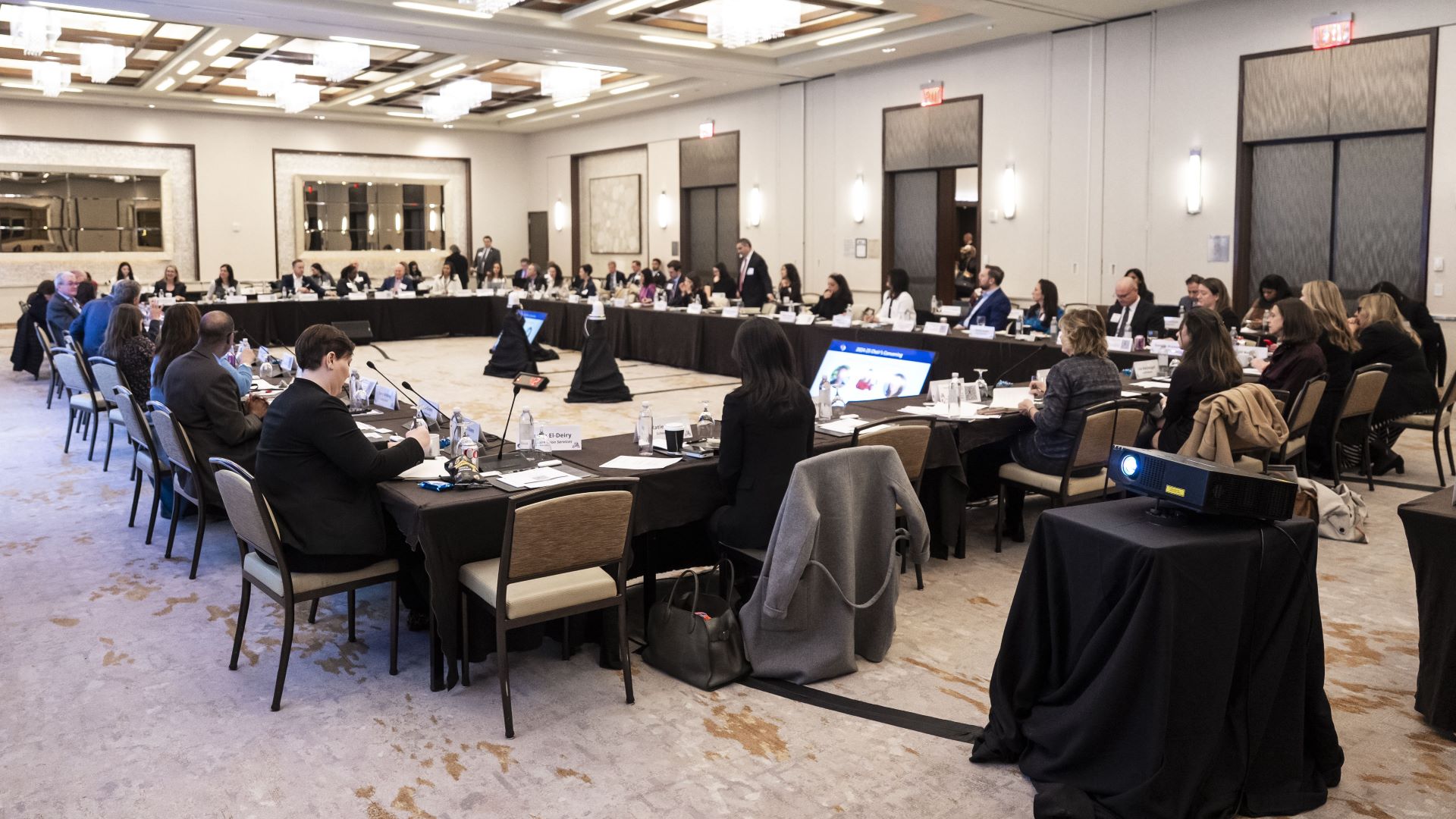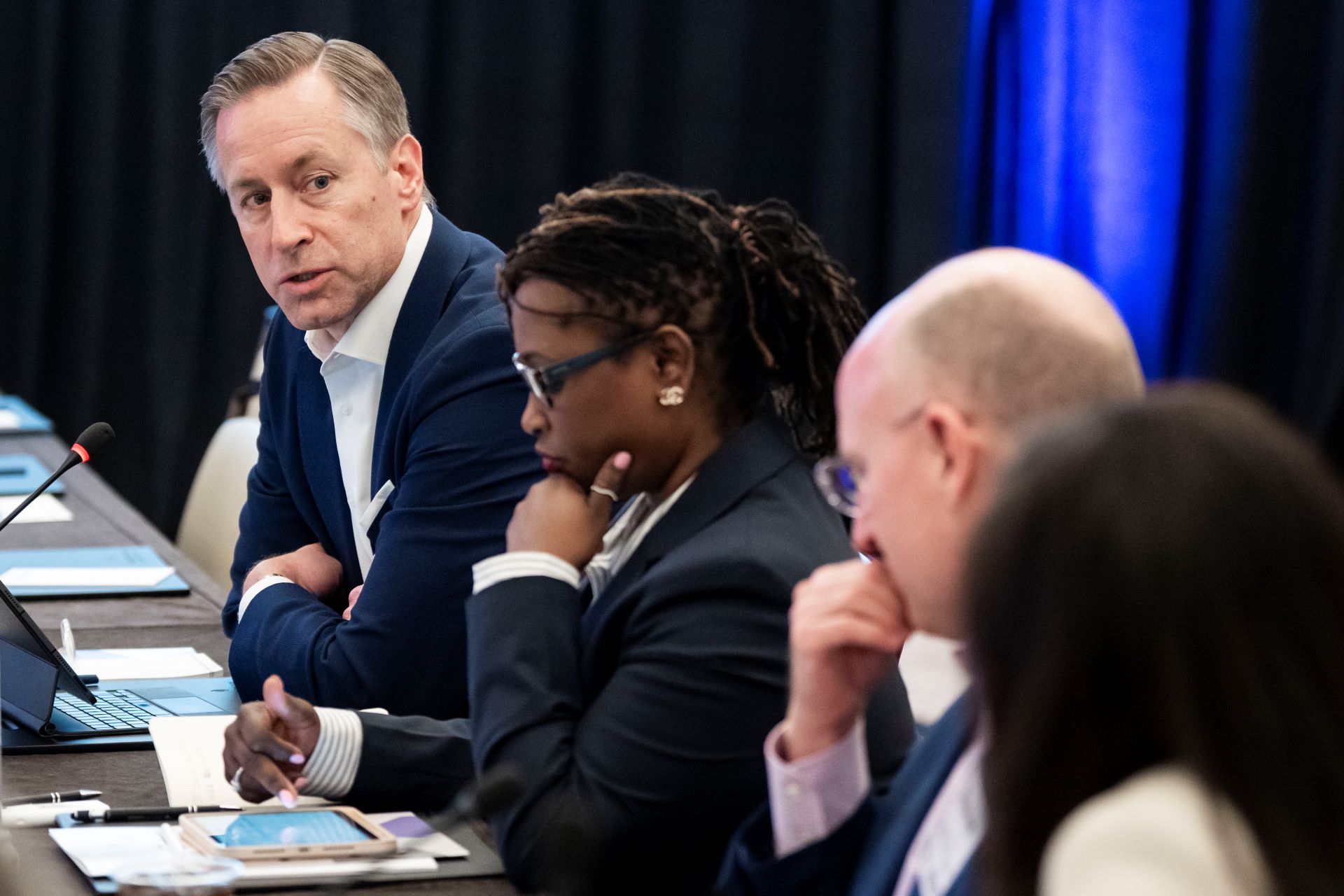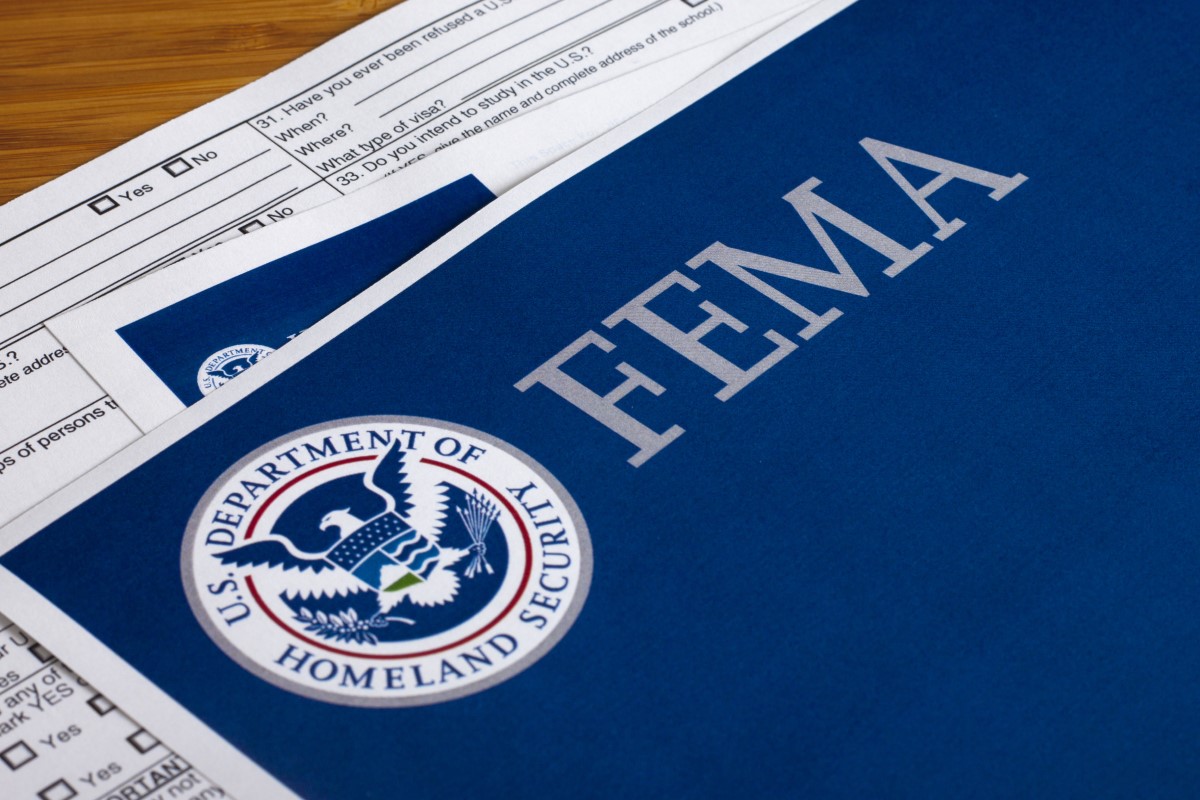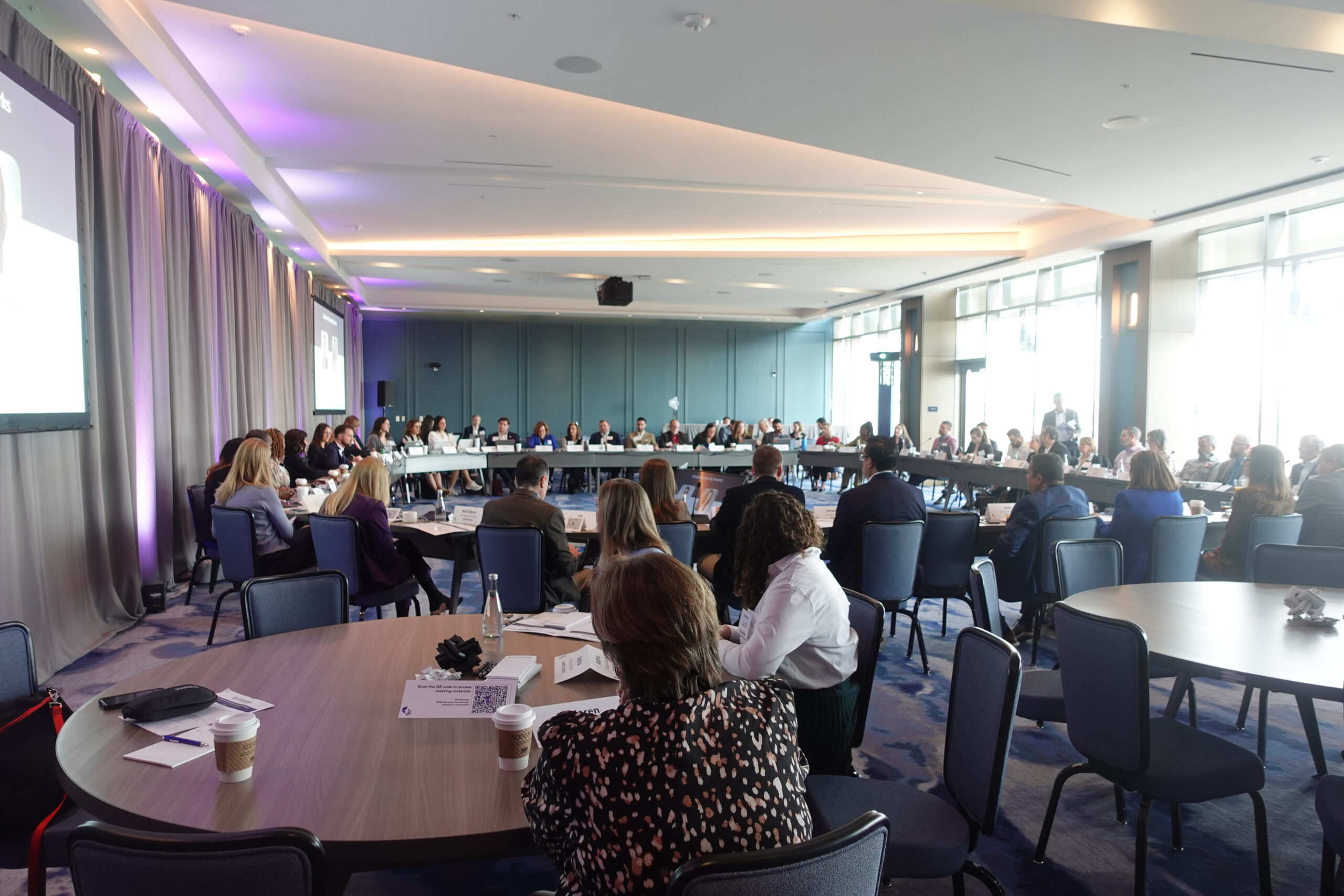This guide describes how a collaborative planning process can improve support for workers with disabilities by better coordinating State services.
Expanding access to education, training, and high-quality employment opportunities for people with disabilities has long been a bipartisan priority for Governors. The COVID-19 pandemic has posed many new barriers and challenges for workers with disabilities and has also amplified and accelerated many trends previously affecting the future of work and workers. Meanwhile, the expansion of telework and a heightened awareness around workplace safety as a result of the pandemic pose opportunities to explore new ways to expand inclusivity in the workforce. As Governors lead their states through recovery, they should ensure workforce recovery efforts–and the workforce system more broadly–are deliberately inclusive of people with disabilities.
To support states in promoting employment for people with disabilities throughout recovery and beyond, the NGA Center for Best Practices hosted a virtual action lab series throughout May 2021. At this action lab, state teams engaged in peer learning and action planning to incorporate disability employment as a priority in their state’s recovery efforts and workforce development system. At the convenings, state teams learned how other states successfully implemented policies that increase disability employment, then engaged in facilitated action planning. Through the action planning process, each team developed plans to better coordinate services across their state to support workers with disabilities. The action lab was centered around four key objectives:
- Understanding the role of the disability employment ecosystem in supporting economic recovery and preparing for the future of work.
- Defining a successful disability employment ecosystem and measuring key outcomes.
- Coordinating efforts to support positive employment outcomes for people with disabilities.
- Ensuring sustained progress in expanding high-quality employment opportunities for people with disabilities.
This guide describes how Governors can – through a collaborative planning process – convene key stakeholders to accomplish each of these objectives and provides examples of state actions that may serve as best practices. Appendix A provides an action planning template key stakeholders can use to guide the collaborative process described in this guide. This guide and action planning template are intended to assist governors and other key stakeholders as they engage in sustainable statewide coordination to achieve the four key objectives outlined above, as well as improve employment opportunities and outcomes for people with disabilities.
This resource was prepared by Madelyn Rahn, policy analyst, and Loren Shimanek, senior policy analyst, with direction and review provided by Rachael Stephens, director of the NGA Center for Best Practices Workforce Development and Economic Policy program. The authors also thank SEED partners, including those at the Office of Disability Employment Policy and Concepts, Inc., for their review of this resource prior to publication.












